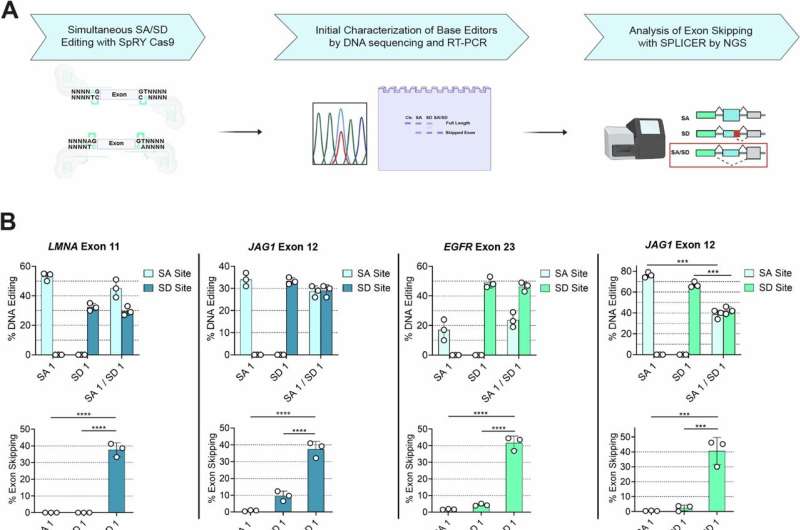The application in live mice shows the improved efficiency of the tool, called SPLICER, over the current standard in gene editing technology, as well as the potential for application in other diseases, the researchers said. Led by Pablo Perez-Pinera, a professor of bioengineering at the U. of I., the researchers published their findings in the journal Nature Communications.
SPLICER uses a gene editing approach called exon skipping, which is of particular interest for health conditions caused by mutations that produce misfolded or toxic proteins, such as Duchenne’s muscular dystrophy or Huntington’s disease.
“DNA contains the instructions to build everything that is responsible for how cells function. So it’s like a book of recipes that contains very detailed instructions for cooking,” Perez-Pinera said.

